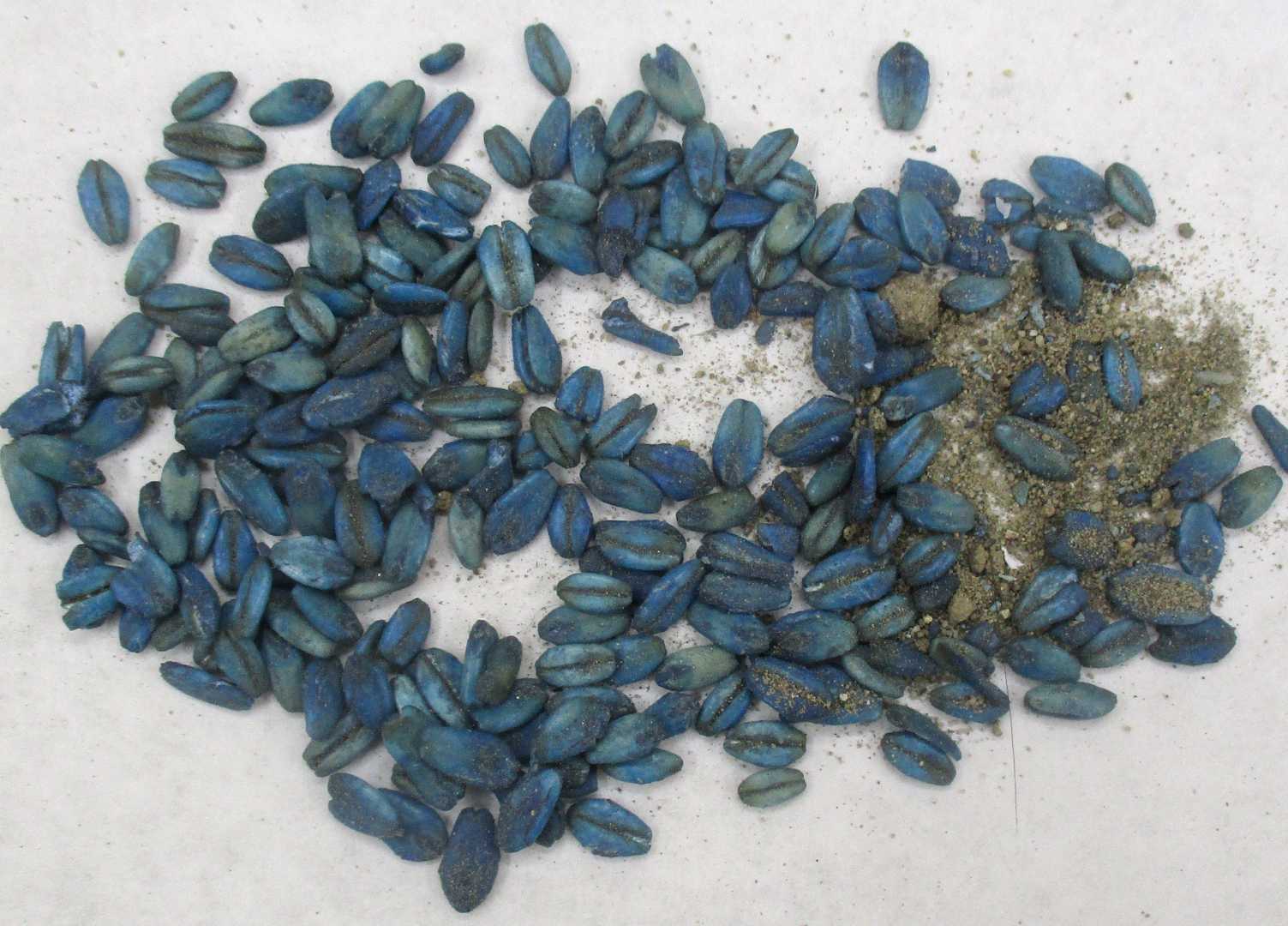News
California Warns of Contaminated Wild Pig Meat After Disturbing Discovery

Salinas, California – Wildlife control expert Dan Burton was taken aback by a shocking discovery while operating his trapping business. During a routine job, he cut open a wild pig only to find its meat bright blue.
“I’m not talking about a little blue,” Burton, owner of Urban Trapping Wildlife Control, stated. “I’m talking about neon blue, blueberry blue.” This revelation led him to report his findings to local officials and the California Department of Fish and Wildlife.
In response, the agency is now cautioning trappers and hunters in the area about the potential hazards of consuming meat from affected wildlife. They suspect the vibrant coloration may indicate the pigs had ingested the anticoagulant rodenticide diphacinone, commonly used by farmers to manage rodent populations.
Ryan Bourbor, a pesticide investigations coordinator with the agency, emphasized the risk for hunters. “Hunters should be aware that the meat of game animals, such as wild pig, deer, bear and geese, might be contaminated if that game animal has been exposed to rodenticides,” he stated.
Health authorities are specifically urging individuals not to consume meat exhibiting blue pigmentation and to inform officials if they encounter such cases. The dangers of consuming contaminated animal products may extend to predators that consume the poisoned animals as well.
According to research published in 2011, cooking meat contaminated with diphacinone does not significantly reduce poison levels, leading to recommendations against eating meat from areas using such rodenticides.
The alarming situation came to light earlier this year when a trapper in Monterey County noted multiple wild pigs displaying blue muscle and fat. Subsequent testing by the agency confirmed the presence of diphacinone in one pig’s stomach and liver.
The blue hue often results from rodenticide baits being dyed for identification, indicating the animal potentially consumed the poison directly or ingested a prey that had.
Moreover, officials warn that not every contaminated animal will show the characteristic blue signs, complicating identification efforts. Diphacinone poses substantial risks not only to target pests but also to non-target wild animals, as demonstrated in this incident.
Burton noted that his company’s findings were prevalent when hired by an agricultural firm to address wild pig issues. He regularly donates trapped animals to families in need, but this case is different due to the blue contamination.
In earlier observations, Burton found that the pigs were actively seeking out squirrel bait stations meant to control local squirrel populations. Despite consuming the bait, the pigs appeared healthy and active, signaling a delayed effect of the poison.
The agricultural company that employed his services promptly removed these bait traps from their fields to prevent further exposure. Burton voiced concerns that multiple animals were engaging with the contaminated bait.
Diphacinone is heavily regulated in California, primarily permitted only under specific circumstances such as government-sanctioned pest control programs. In 2018, an estimated 8.3% of tested wild pigs were found to have rodenticide residues.
The California Department of Fish and Wildlife urges anyone spotting animals with blue fat or tissue to contact them at (916) 358-2790.












